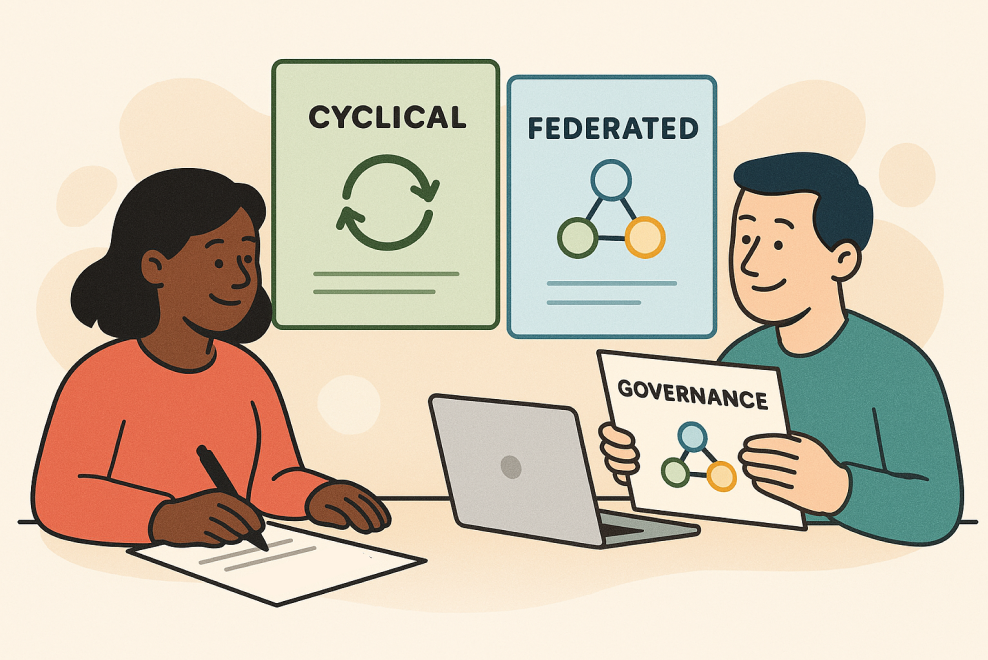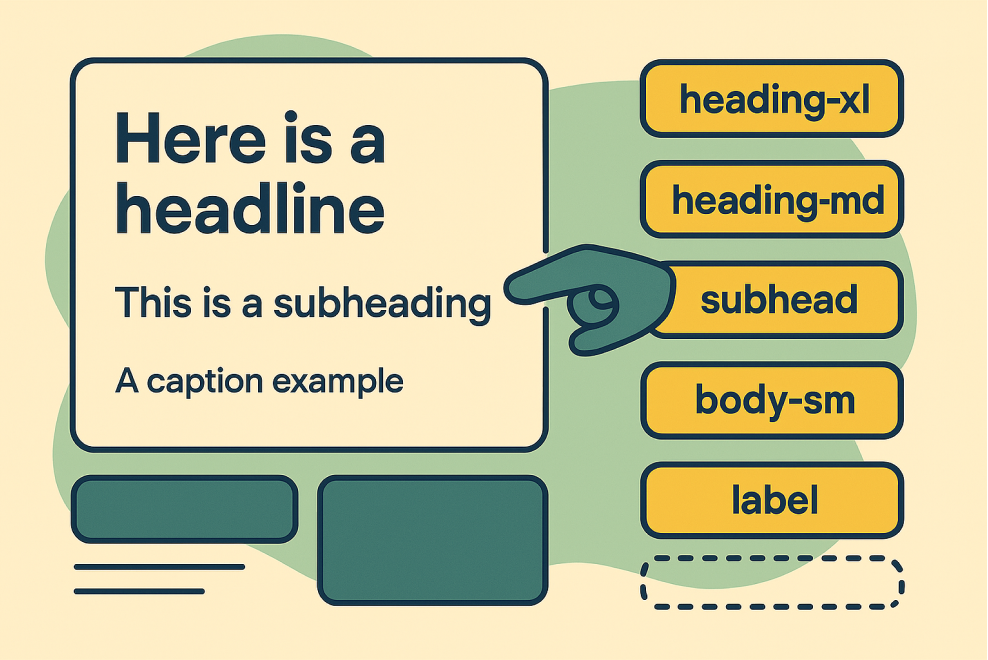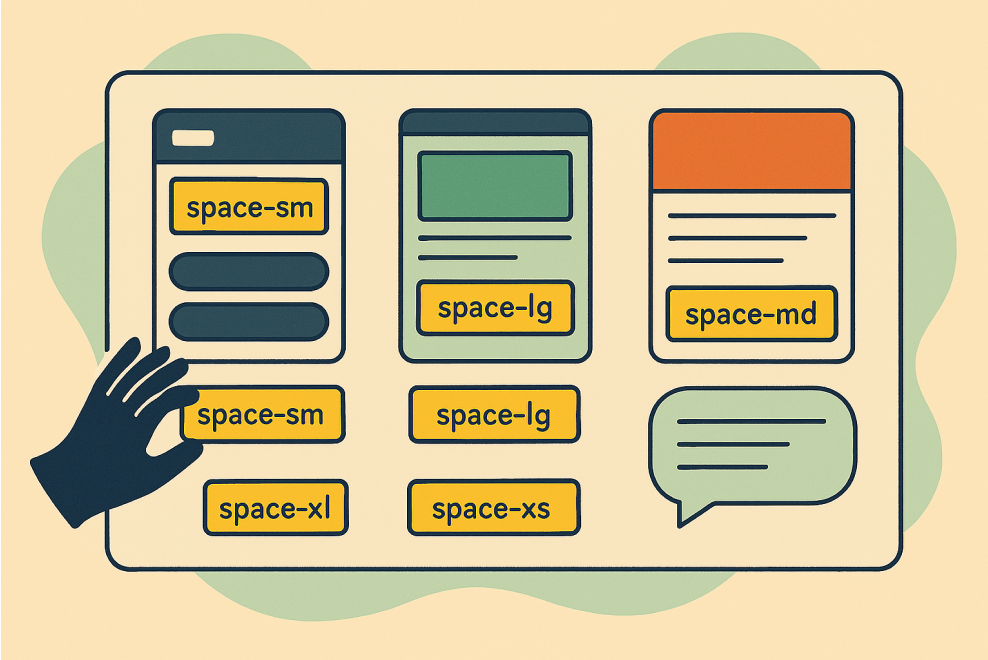Design System Tactics.
Whether you're starting fresh or maintaining a mature system, this growing collection of tactics is designed to help you make progress at every stage.
Crafting System Principles
A collaborative process for defining the foundational principles that guide your design system — shaped by the people using it, and tailored to what the system is trying to be. These principles help teams make decisions that stay aligned with the system’s purpose, even as things scale.
When to use it
At the start of a design system initiative, during a major refresh, or when your team is struggling with alignment or decision-making clarity.
Steps
-
Start With a Workshop
Gather a cross-functional group (design, dev, product, content) and ask everyone to write down adjectives that describe the system they want to build — e.g. “bold,” “reliable,” “flexible,” “expressive,” “accessible.”
-
Group and Theme the Words
As a team, cluster similar terms together and look for broader themes. Discuss any tensions or contradictions (e.g. “playful” vs. “precise”) — these often lead to the most useful principles.
-
Vote and Select
As a group, vote on the top 3–5 themes that feel most meaningful or aspirational. These will become the foundation for your principles.
-
Craft the Principles
Write clear, concise principles that combine and elevate your chosen themes. Don’t be afraid to get creative. Some examples:
- “Bold but accessible.”
- “Consistency without conformity.”
- “Design for flexibility, not finality.”
-
Refine and Socialise
Share early drafts with a wider group for feedback. Make sure the principles are understandable, relevant, and actionable — especially across disciplines.
-
Document and Reference
Create a dedicated page in your system docs for the principles. Use them in decision-making frameworks, component reviews, and onboarding.
-
Revisit Over Time
As your system evolves, revisit the principles. Are they still true? Still useful? Still inspiring?
Outcomes
- A shared, values-driven foundation for system decisions
- Alignment across teams, disciplines, and platforms
- Principles that reflect both practical needs and cultural intent
- A tool for making tough design and development calls with clarity






























